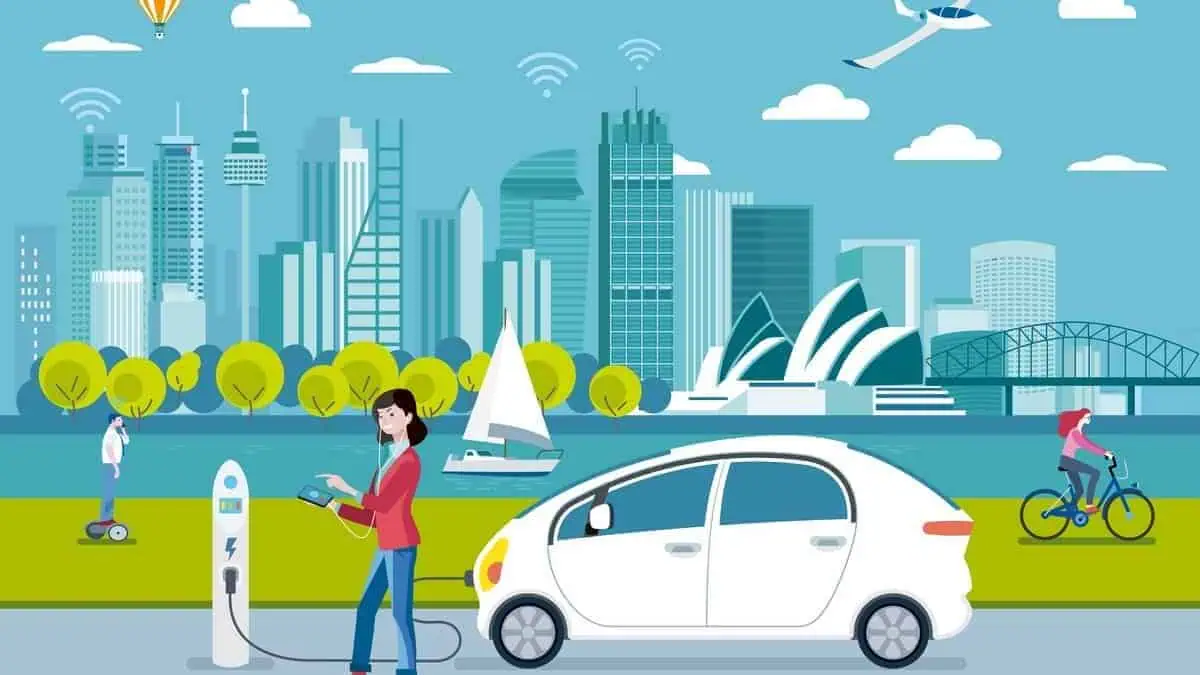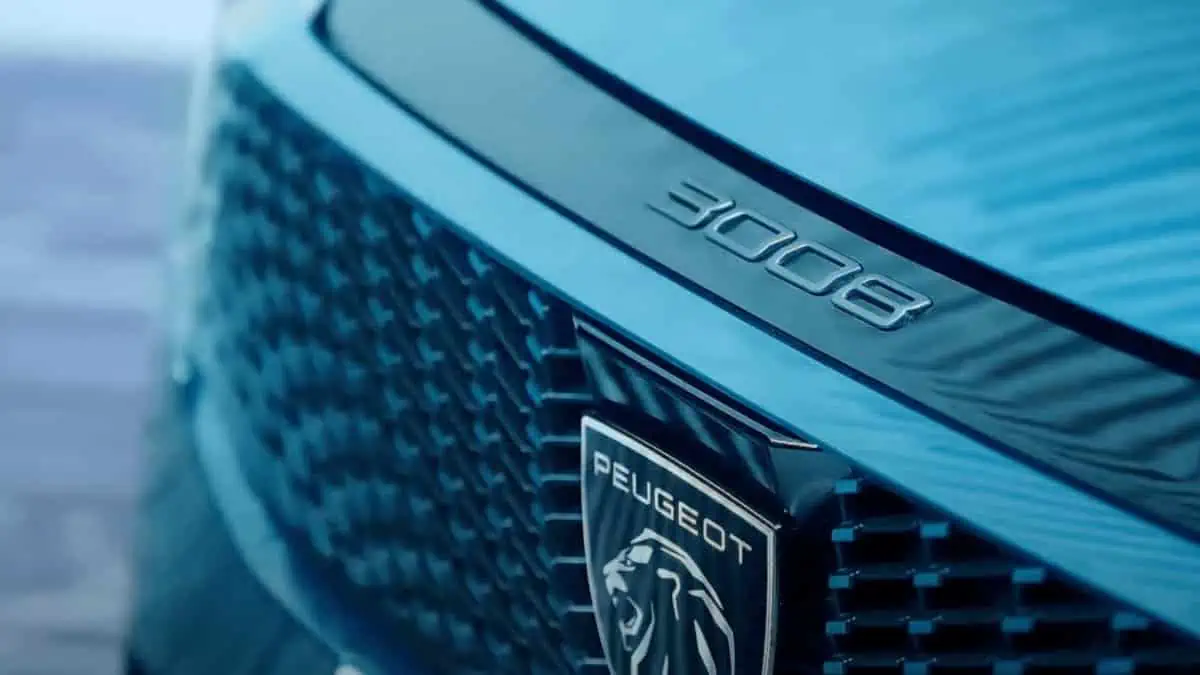Australia seems to be slowly but gradually catching up with the rest of the world regarding electric vehicle adoption. Light EVs nearly doubled to 83,000 units in 2022, with battery electric vehicles (BEV) contributing 79% of that total, per the Australian Electric Vehicle Industry Recap 2022 report.
However, that figure is still minimal compared to other EV markets worldwide, considering that the country has set a 2050 target for achieving net zero emissions.
“While the EV achievements of 2022 are a step in the right direction, there is still much more work to be done for Australia’s EV market to catch up to the world, and to support the achievement of our climate targets, including net zero emissions by 2050.”
Electric Vehicle Council
EV sales in Australia nearly doubled in 2022
The report published by Australia’s Electric Vehicle Council revealed that EV sales almost doubled last year, reaching 86%. Notably, 3.8% of all new cars sold were EVs.
Australia expects to hit the 100,000 EVs milestone anytime soon, as it already has about 83,000 units as of 2022.
However, it must be noted that the Australian EV market still lags behind the global average, which is between 12% -14% in 2022, according to CleanTechnica. Most intriguingly, it trails behind China’s 28% record for new EV sales in 2022.
EV market breakdown in Australia – 2022
Below are the key EV markets in Australia and their respective shares last year:
| Market | EV Market Share |
| Australian Capital Territory (ACT) | 9.7% |
| New South Wales | 4% |
| Victoria | 4% |
| Tasmania | 3.7% |
| Queensland | 3.5% |
| Western Australia | 3.4% |
“While it is encouraging that the Australian EV fleet has roughly doubled each year since 2020, EVs still represent less than 0.5% of Australia’s passenger and light commercial vehicle fleet.”
Electric Vehicle Council
That said, the government of Australia must step up its initiatives in promoting EVs to successfully hit its 2050 net-zero emission target. The report noted the need for a lofty fuel efficiency standard to increase EV sales in Australia and progressively catch up with the rest of the world.
Top 20 EV models in Australia – 2022
The report further highlighted that there are currently about 70 diverse EV models in the country and approximately 5,000 public EV charging stations. That is excellent news considering that the country had only limited EV options before.
Below are the top 20 bestselling EVs in 2022:
| Rank | Models | Sales |
| 1 | Tesla Model 3 | 10,877 |
| 2 | Tesla Model Y | 8,717 |
| 3 | BYD Atto 3 | 2,113 |
| 4 | MG HS+ PHEV | 1,554 |
| 5 | Polestar | 1,524 |
| 6 | MG ZS EV | 1,119 |
| 7 | Hyundai Kona | 1,096 |
| 8 | Volvo XC40 Recharge | 983 |
| 9 | Mitsubishi Eclipse Cross | 926 |
| 10 | Hyundai Ioniq 5 | 756 |
| 11 | Mercedes-Benz EQA | 624 |
| 12 | BMW iX3 | 593 |
| 13 | Volvo XC60 | 591 |
| 14 | Hyundai Ioniq | 580 |
| 15 | Kia EV6 | 564 |
| 16 | Volvo C40 | 491 |
| 17 | BMW Ix | 477 |
| 18 | Mini Cooper | 455 |
| 19 | Porsche Taycan | 430 |
| 20 | Kia Niro EV | 385 |
As shown in the table above, America’s Tesla Model 3 and Y dominated the Australian EV market last year with 10,877 and 8,717 sales, respectively. China’s BYD Atto 3 trailed far behind the two Tesla EVs with 2,113 sales.
It would be exciting to see how the Australian EV market would fare this year, considering that more EV models are set to hit its roads in the coming months.






